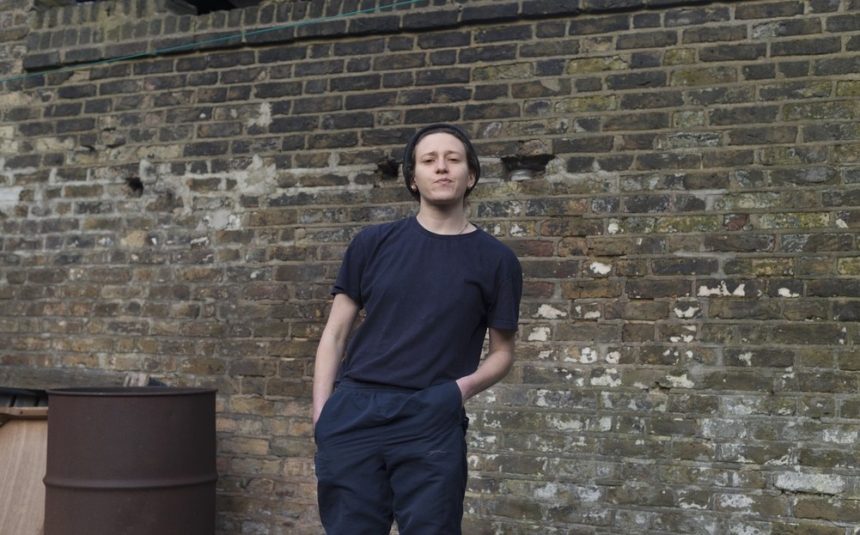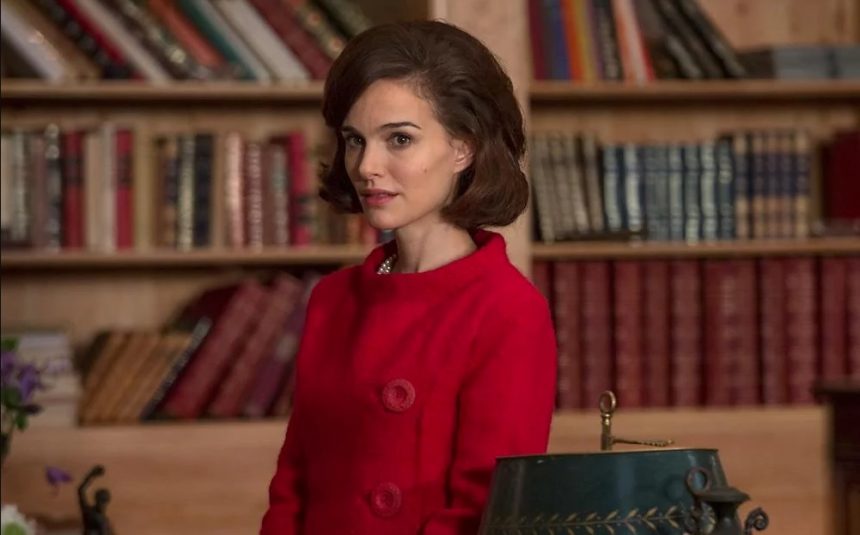Levi’s haunting, meticulous compositions bolster the impact of Pablo Larraín’s distinct, affective psychological drama and character study
When watching Pablo Larraín’s audacious subversion of the biopic, Jackie, presented FREE by WUD Film this weekend, it’s impossible not to feel a plummeting weight simulated by the exasperated glissandi of orchestral overture. Before a moment of relief, one is then clutched and held in the moment of grief by the flurry of ensuing tremolos.
While Mica Levi’s deeply melancholic and moving score for the film likely won’t claim an Oscar for “Best Original Score” on Sun, its recognition by the Academy still feels as immensely satisfying as the music itself. Its sweeping thematic cycle utilizes the familiarity of the traditional film score — the score’s liner notes describe a 23-person “orchestrate” of strings, piano, woodwinds, percussion — while at once transcending the boundaries of typical neoclassical compositions designed to subtly accent the mood. As if dressed in the same blood-red of its heroine’s woolen wardrobe that bleeds into a form of camouflage on its poster, Levi’s music alternatively broods and shrieks, eliciting the restlessness of former first lady Jacqueline Bouvier Kennedy (Natalie Portman), in the aftermath of her husband’s public execution on Nov 22, 1963, in Dealey Plaza.
At just 29, Levi has become one of the most sought-after and creative composers this decade for her eclectic and affecting sense of control that borrows from her microtonal avant-garde idols like maestro Harry Partch while also channeling the concise off-the-wall approach to her own lo-fi art pop band Micachu and the Shapes (indeed, an amusing allusion to Pikachu). For Jonathan Glazer’s 2013 return to cinema in the alien odyssey Under the Skin, Levi offered a series of otherworldly movements that focus on a recurring white noise-drone of infinite space, intermittent hollow pulse of percussion (“Lipstick to Void”), and menacing, visceral strings in lower registers that sound like fingernails scratching at the surface of a wound (“Creation”).
By contrast, the tones of Jackie are more immediate and less cerebral in design as they are obviously connected to the mood of a human being rather than a state of cosmic existence. Levi confesses that she wrote the music in acknowledging “rich and soupy” sounds that Kennedy herself may have been interested in hearing. To stave off the endless metaphorical abyss, Jackie, at least as depicted in Larraín’s film, clings to the narrative obsession of the 1960 Broadway musical Camelot, which defines her idea of keeping up appearances by, in essence, rewriting and shaping her husband’s legacy. “For one brief shining moment…”
But Levi makes a stronger case for regarding Jackie’s humanity as well as her roles as a mother and widow — roles divorced from historical and political identity. The film’s most exquisite and indelible motif, “Children,” is perfectly evocative of the film’s near-revolutionary shift from the public face of Jackie to the private one with her two young kids. In an early scene, she contemplates her future but can only stare into a wicked present reality. “The world’s gone mad.” Bowed cellos, violas, and violins begin undulating in hypnotic ostinato with a rhythmic displacement that alternates melody and texture. The piece is pierced by the feathery polarity of overlapping flute and clarinet that join in the seasick waltz with Stéphane Fontaine’s camera that follows Jackie’s own feeling of displacement through the White House’s cavernous rooms. Six-year-old daughter Caroline (Sunnie Pelant) asks about her father, and Jackie can only respond in a dispirited rasp, “He can’t come home. He has to go to Heaven.” Levi reprises and modulates the melody of “Children” in the sparser and more devastating “Autopsy” that starkly incorporates militaristic snare drum rolls, evoking the burden of the formality and a looming funeral procession. The snares return during Jackie’s off-course trek through Arlington National Cemetery (“Graveyard”), which is primarily scored with sullen, deliberate, reverberating piano. In this composition and “Empty White House,” Levi masterly applies measure rests to further conjure an implacable dread and suggest a certain severity of the unknown without an iota of bombast.
In the two months that have passed since my initial viewing of Jackie, I’ve tried to discern why I’ve been unable to shake its music; and it extends beyond the haunting arrangements to the simple fact that Pablo Larraín used them to help shape his edits (facilitated further by editor Sebastián Sepúlveda), making the composition inextricable through the various stages of conception.
In the last 25 years, much cinematic attention has been paid to the Kennedy assassination, from Oliver Stone’s epic-length JFK (1991) to Stephen King and Bridget Carpenter’s serial 11.22.63 (2016), but none of them have taken a more restrained and direct view of the incident than the collaboration between Larraín and Levi. It’s because Jackie is consistently and conscientiously considering interiors rather than exteriors; there’s no mention of John’s affairs and little of conspiratorial theories, only raw emotion and the sense of duty of a woman in a time of loss.
In perfectly paralleled restraint, Larraín meets Levi’s innovations with the archival video quirks he employs in the political drama No (UW-Cinematheque 2014) while chronologically shuffling the steady head-on interviews of the controversial parable, The Club (Wisconsin Film Festival 2016). The film stands as Larraín’s own outsider commentary that begins with a less-publicized event, the Hyannis Port interview between Jackie and an unnamed reporter (Billy Crudup) based on real journalist Theodore H. White. Even separated from the stunning, cathartic performance of Portman, the film proves the ability of a small-scale production to yield something grandly operatic. Kindly advise the WUD projectionist to screen at peak volume.
- WUD Film presents Jackie at the Union South Marquee on Fri, Feb 24 @ 9:00p; Sat, Feb 25 @ 8:45p; and Sun, Feb 26 @ 5:00p. Admission is FREE.



